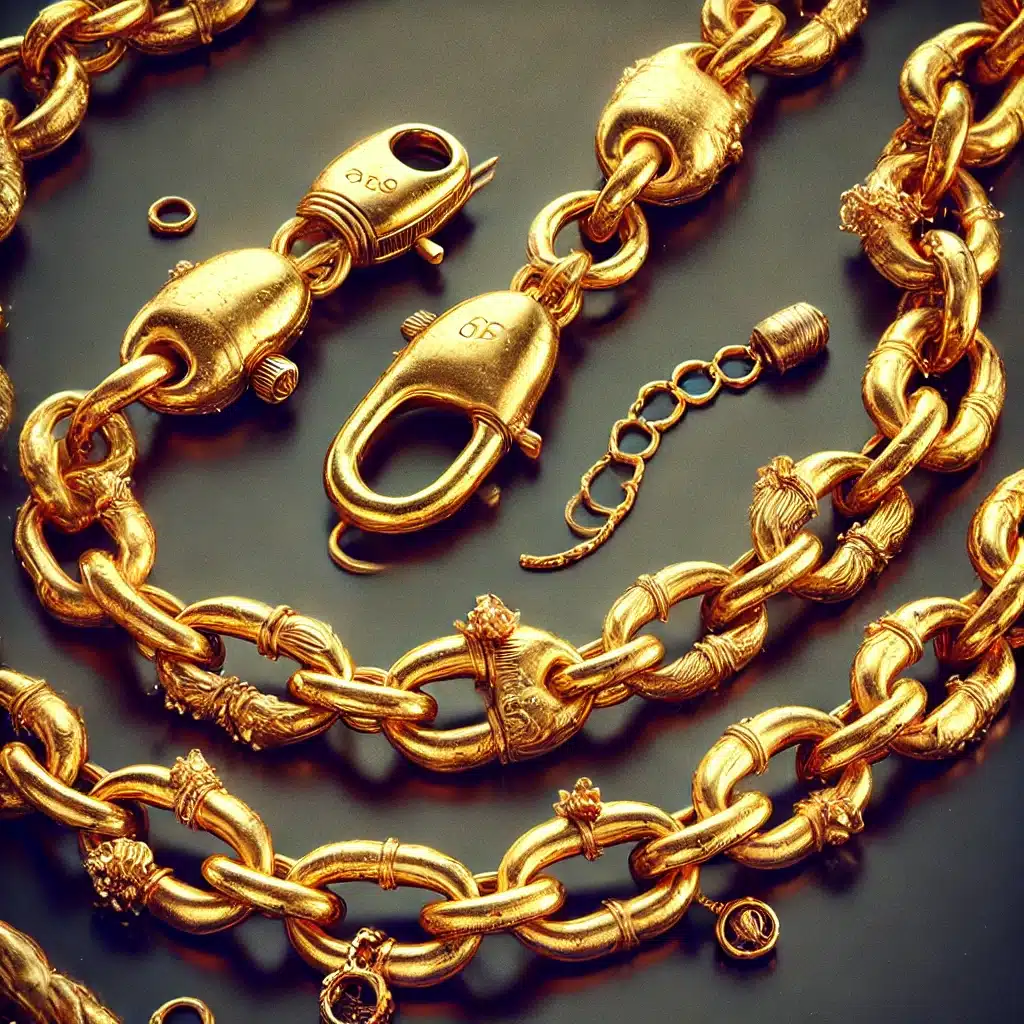Tether Now Claims to Issue a Gold-Pegged Stablecoin

Tether Now Claims to Issue a Gold-Pegged Stablecoin
Tether, the issuer of the widely-used controversial stablecoin USDT, has introduced Tether Gold (XAUt), a digital asset purportedly backed by physical gold.
Tether Gold (XAUt) is presented as a stablecoin designed to provide ownership of gold via the blockchain. Each Tether Gold token represents – according to Tether – one fine troy ounce of gold held in secure vaults in Switzerland. Tether claims that these reserves meet the Good Delivery standards of the London Bullion Market Association (LBMA), ensuring the quality and purity of the gold.
However…
A History of Lack of Transparency and Verification at Tether
Tether has faced considerable scrutiny over the transparency of its reserve holdings. The company has been criticized for not providing full, detailed audits, opting instead for quarterly attestations from accounting firm BDO. These attestations verify that Tether holds sufficient assets to back its issued tokens but do not offer the granular detail found in some competitors’ disclosures.
To address these concerns, Tether has announced plans to implement real-time reserve reporting, allowing for more immediate verification of its reserves. However, as of now, there is no fixed timeline for this initiative’s completion.
In the below video Jordan Belfort, the former stockbroker known as the “Wolf of Wall Street” and current crypto bull, discusses why he thinks stablecoin USDT issuer Tether is a scam. “I’ve been saying that since 2017 that I thought there was a big problem with Tether,” Belfort said.
Tether’s history includes important regulatory issues, such as the 2021 settlement with the New York Attorney General over allegations of covering up a loss of $850 million. This settlement required Tether to enhance its transparency efforts and disclose more information about its reserves.
Tether has also been accused of manipulating the market by inflating the supply of USDT without adequate backing and using these tokens to purchase Bitcoin, thereby artificially inflating its price. Studies have shown a positive correlation between Bitcoin price movements and the issuance of USDT, suggesting potential market manipulation.
Let’s have a look at the other problems.
Lack of Full Audits
One of the major criticisms against Tether is its failure to provide full, detailed audits of its reserves. While it publishes quarterly attestations from BDO, as explained earlier these are not as comprehensive as full audits, leading to skepticism about the actual backing of its tokens.
And let’s be honest, something just doesn’t sound right…
FLASHBACK: In an interview from July of 2021, @Tether_to's General Counsel Stuart Hoegner (@BitcoinLawyer) said he expected a long-awaited audit of Tether to be done in mere months.
— Will Hild (@WillHild) June 20, 2024
Now, nearly 3 years later, we're still waiting…
What are they hiding?https://t.co/pKKRxrP8XA pic.twitter.com/BUb1kJAJCR
Regulatory Scrutiny
Tether has been involved in several legal and regulatory issues. In 2021, Tether and Bitfinex reached a settlement with the New York Attorney General over allegations of misrepresentation. This resulted in an $18.5 million fine and increased transparency requirements.
Reserve Composition
There has been significant concern over the exact nature and quality of Tether’s reserves. Critics have pointed out that Tether has not provided detailed information about its reserve composition, which has led to speculation about its solvency during market stress.
Market Dominance
Tether’s dominant position in the stablecoin market has raised concerns about systemic risk within the cryptocurrency ecosystem. For instance, JPMorgan has expressed worries that Tether’s growing dominance could lead to market instability if Tether were to face liquidity issues.
Involvement in Illicit Activities
Tether has been linked to illicit activities, such as money laundering and sanctions evasion. Reports have suggested that Tether was used in transactions related to terror financing and the purchase of sanctioned Venezuelan oil. Tether has denied these allegations, however, there is also substantial evidence that Russia has been using Tether (USDT) to evade international sanctions imposed due to its aggression in Ukraine.
Multiple reports highlight the use of Tether by Russian entities to facilitate transactions that would otherwise be restricted under the sanctions regime. And there are strong indications that Tether has been used to fund Russia’s military operations.
So when is the financial audit? Isn’t Russia using tether fraud tokens to evade sanctions? How much are the enablers of terrorism financing and sanctions evasion, paying you? pic.twitter.com/PsU3Je55f6
— Bitfinex'ed 🔥🐧 Κασσάνδρα 🏺 (@Bitfinexed) June 20, 2024
And now Tether Introduces Tether Gold …
Tether Gold represents another strategic expansion of Tether’s product offerings, blending the traditional stability of gold with the modern advantages of blockchain technology. But again, since Tether itself is not completely clear about what it does, why would anyone believe the company when they now claim to have a gold pegged stablecoin?
X-user @Bitfinexed is extremely skeptical.
Tether is going to to try to push tether gold after the stablecoin report. They’ll probably peg the reserves to gold instead of dollars and claim tether gold is fully backed by reserves.
— Bitfinex'ed 🔥🐧 Κασσάνδρα 🏺 (@Bitfinexed) November 1, 2021
It’s not any different than what they are doing now, lying about the reserves. pic.twitter.com/sTi8fPIbaw
And he continues by adding: “The same company that lied about their dollars reserves wants you to trust them that they have a huge hoard of gold that nobody can see, they won’t name the custodian, and definitely no auditing. Just trust em’ not like that they ever lied before.”
Given these factors, your trust in Tether Gold should depend largely on your risk tolerance (we do hope your are VERY tolerant then) and confidence (that’s going to be a difficult one) in Tether’s ability to address these ongoing concerns. The introduction of real-time reserve reporting could potentially improve transparency and trust. However, the historical issues and ongoing regulatory scrutiny suggest that huge caution is warranted.
Diversifying investments and not relying (solely) on Tether Gold for exposure to gold might be a prudent approach. And that is an understatement.





